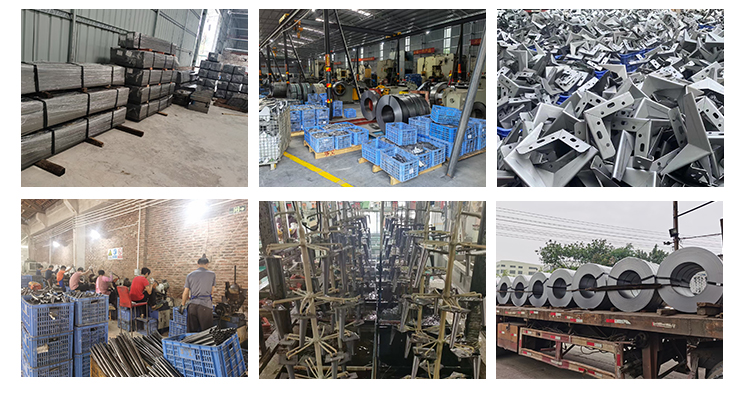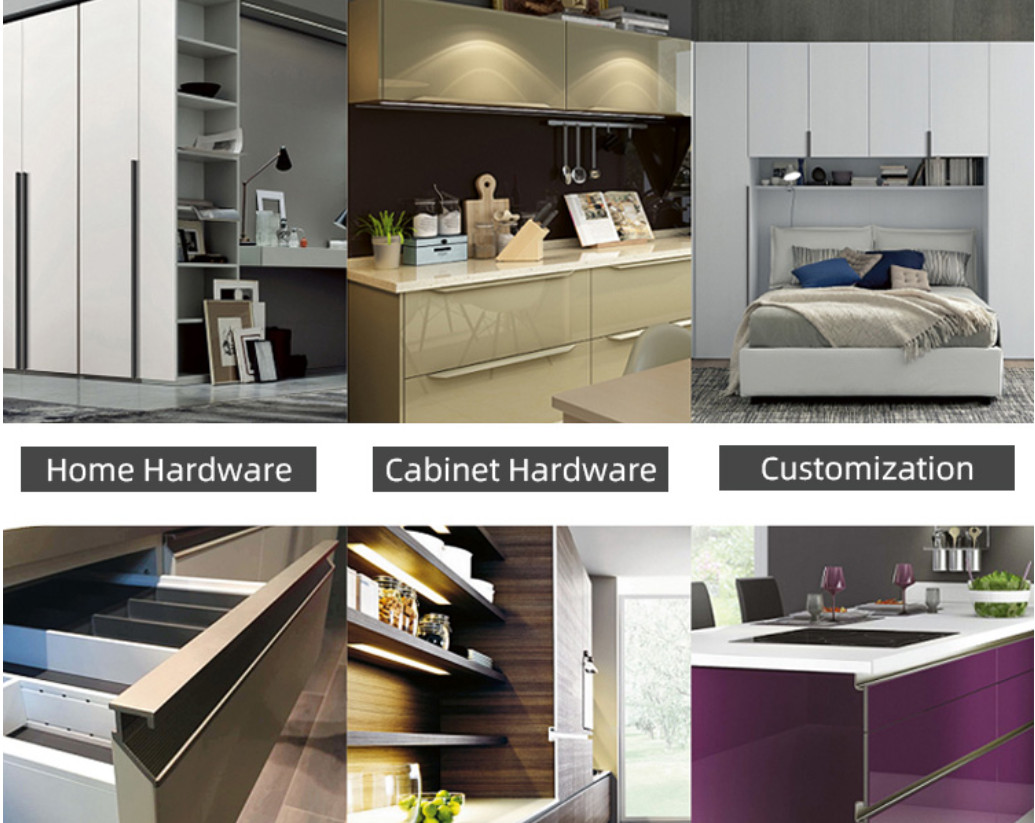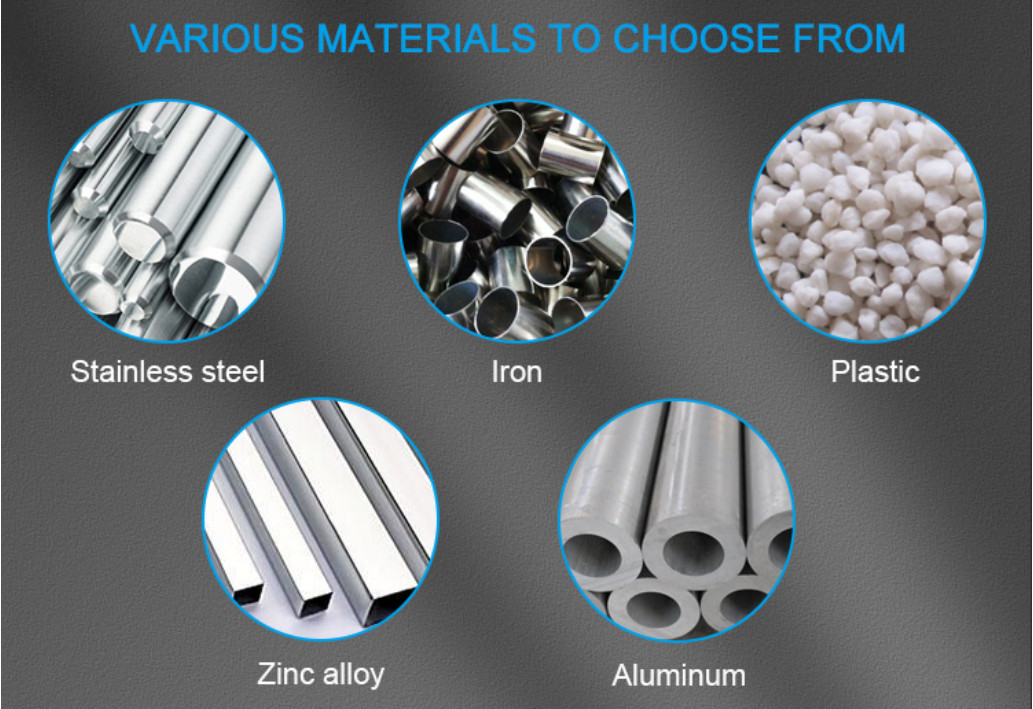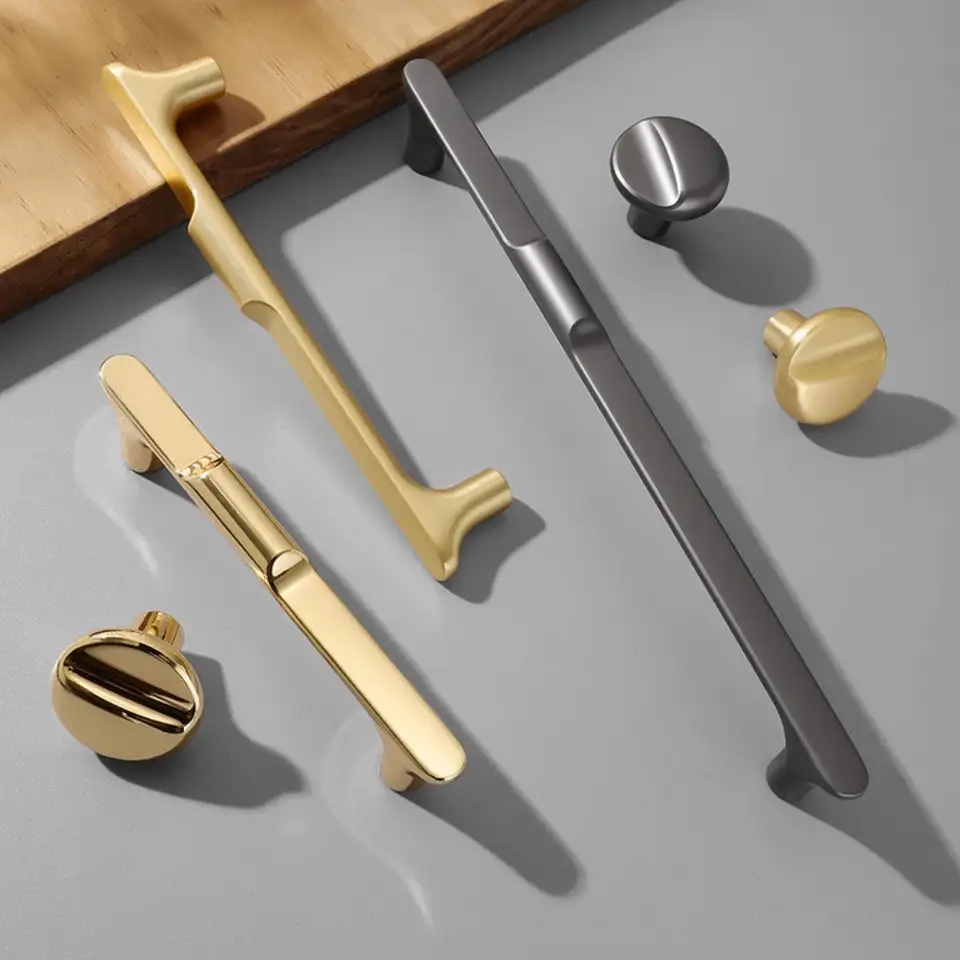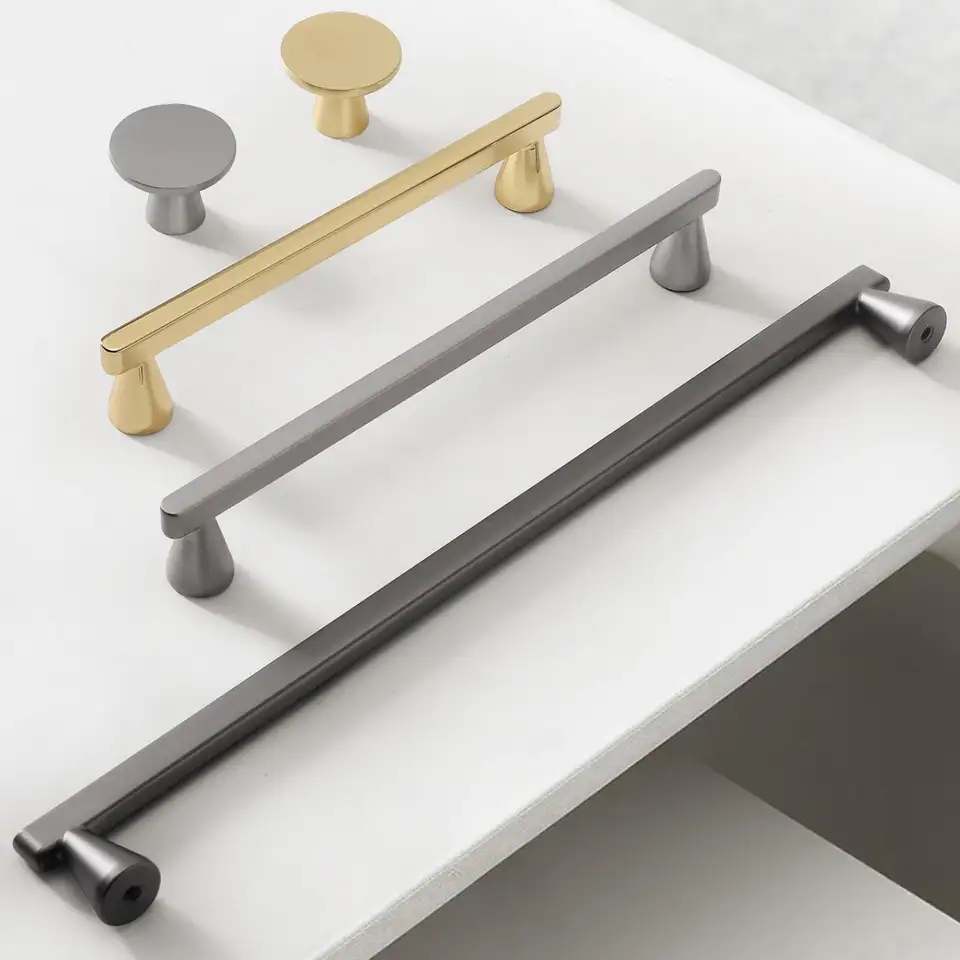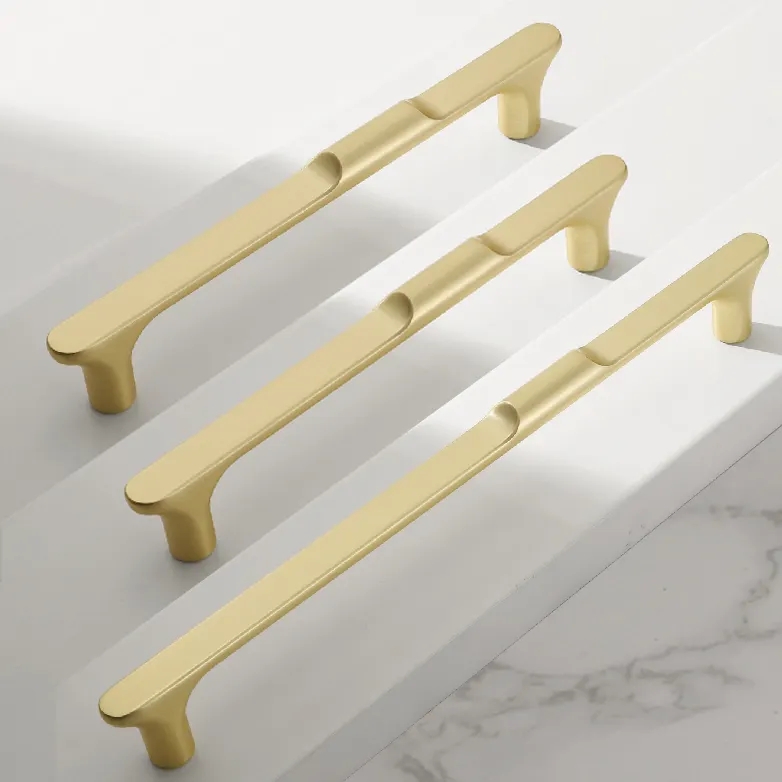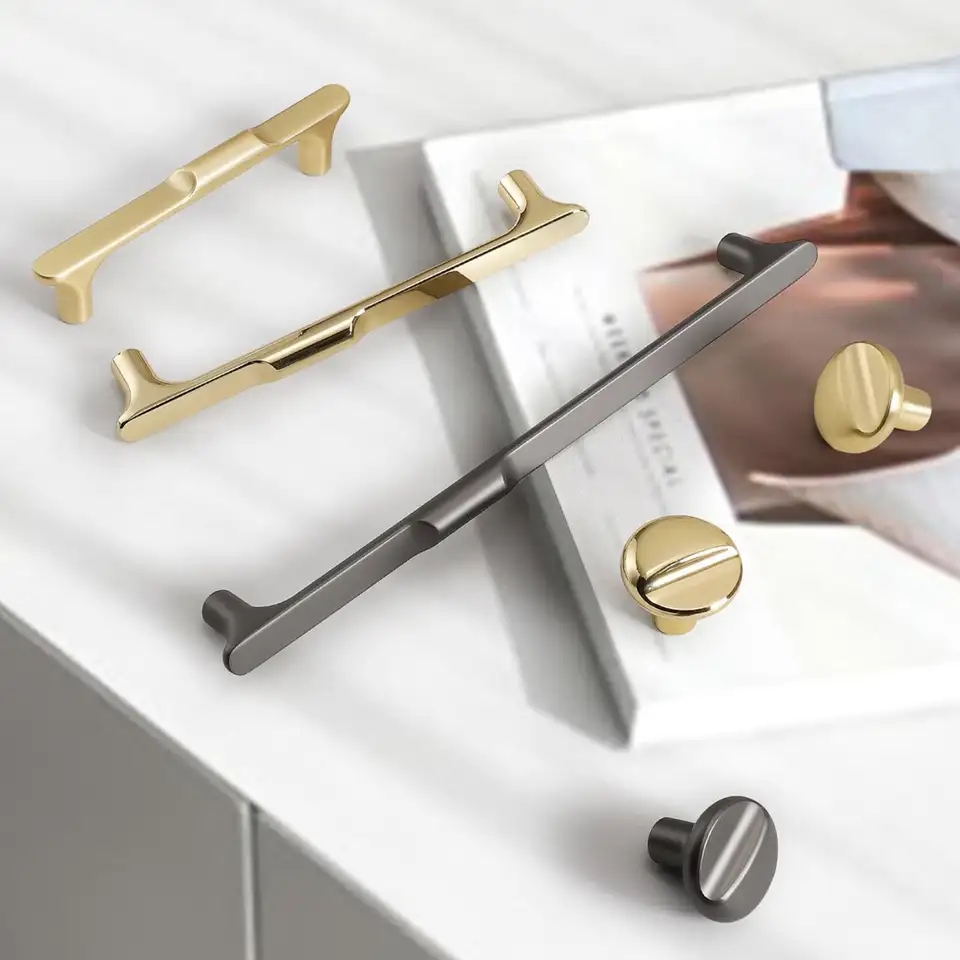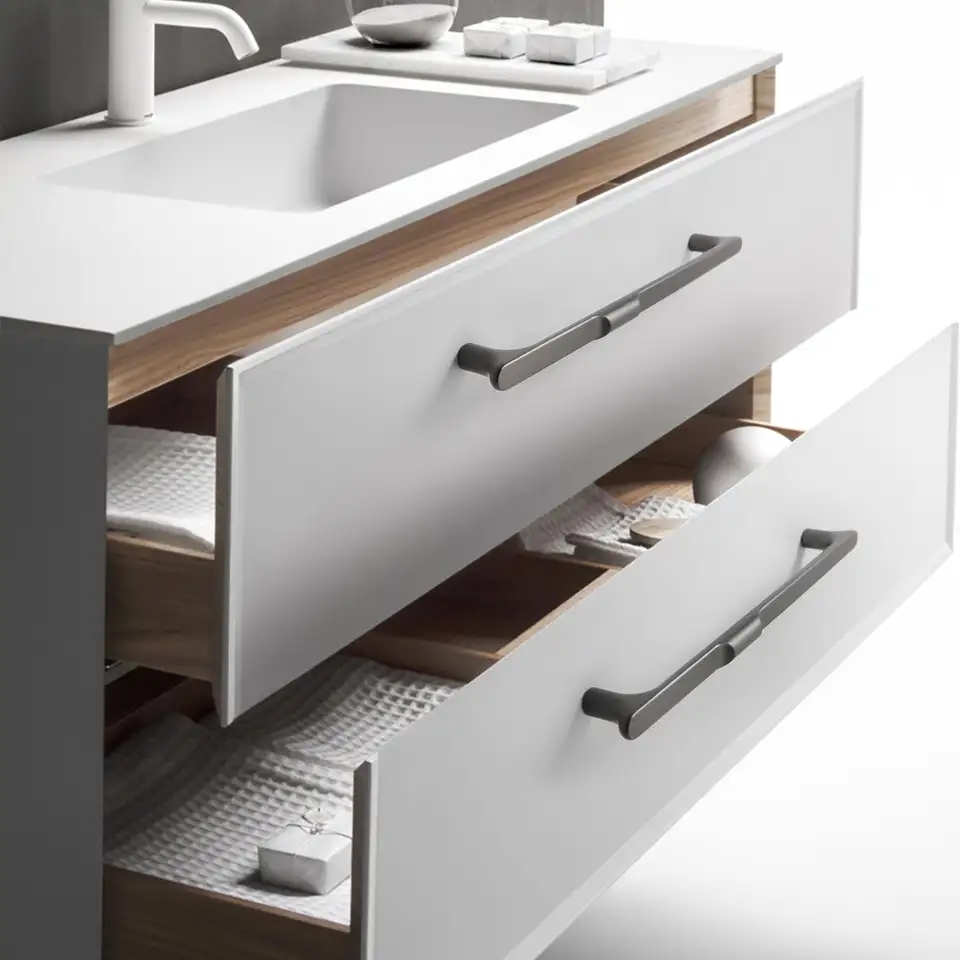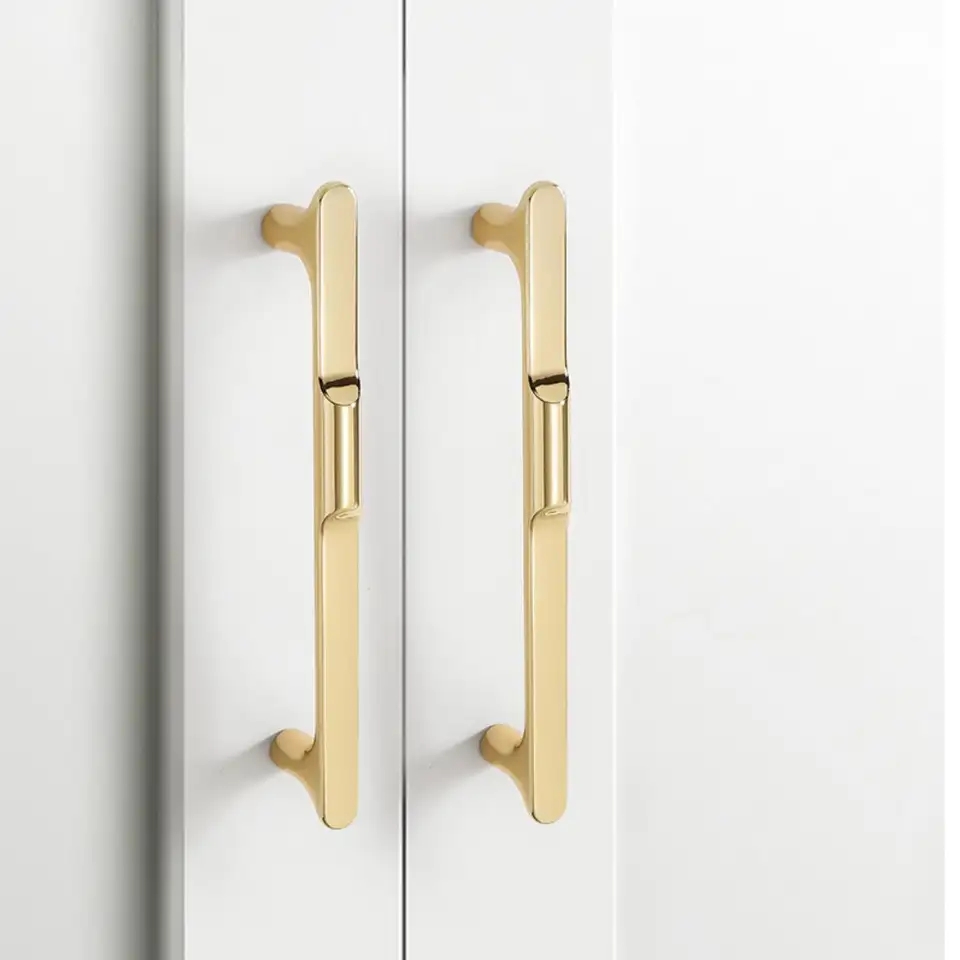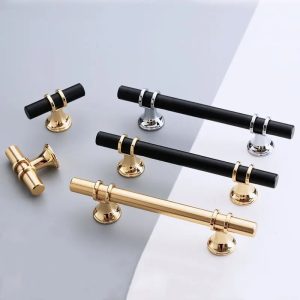“Cabinet Handles: The Intersection of Form and Function in Interior Décor”
Introduction: Cabinet handles, often considered as small details, play a pivotal role in the larger canvas of interior décor. Beyond their utilitarian purpose, these unassuming fixtures seamlessly blend form and function, enriching the aesthetic appeal of spaces while enhancing practical usability. In this article, we delve into the multifaceted significance of cabinet handles in interior design, highlighting their design diversity, ergonomic considerations, and role in cohesive aesthetics.
Design Diversity and Aesthetic Impact: Cabinet handles come in an array of designs, catering to various design sensibilities – from contemporary minimalism to classic elegance. Their diverse forms, encompassing shapes, sizes, materials, and finishes, allow them to complement or contrast with the overall design theme. These handles act as subtle accents, adding character and depth to cabinets while contributing to the overall visual harmony of interiors.
Ergonomics for Enhanced Comfort: While their aesthetic contribution is undeniable, cabinet handles are, at their core, ergonomic elements designed to facilitate ease of use. Their thoughtful shapes and sizes ensure a comfortable grip, enabling effortless opening and closing of cabinets. In residential spaces, this attention to ergonomics ensures that daily interactions with cabinets are intuitive and enjoyable, enhancing the overall user experience.
Unifying Aesthetics: The strategic selection of cabinet handles can greatly impact the cohesiveness of an interior space. By choosing handles that resonate with the overarching design language, designers can create a unified aesthetic experience. These handles act as subtle threads, weaving together the visual narrative of a room and fostering a sense of design coherence that elevates the space as a whole.
Material Choices and Durability: The choice of materials for cabinet handles is pivotal, affecting both their visual appeal and longevity. High-quality materials like solid metals, natural wood, or premium plastics offer not only an appealing tactile experience but also durability that withstands the test of time. Ensuring that handles are built to last further contributes to the overall value they bring to interior spaces.
Guidelines for Selection and Placement: When integrating cabinet handles into interior design, considering proportionality is crucial. The size of handles should be in harmony with the cabinet dimensions to achieve a balanced look. Additionally, thoughtful placement ensures ergonomic accessibility and visual balance, enhancing the functionality and aesthetics of the entire ensemble.
Conclusion: Cabinet handles exemplify the harmonious convergence of aesthetics and utility, epitomizing the intricacies of interior design. Beyond their role in enabling easy access to cabinets, these handles possess the power to elevate the visual appeal of spaces through their design diversity, ergonomic considerations, and role in fostering cohesive aesthetics. As interior design continues to be celebrated for its nuanced details, cabinet handles emerge as essential components that celebrate both the art and science of creating beautiful and functional spaces.
